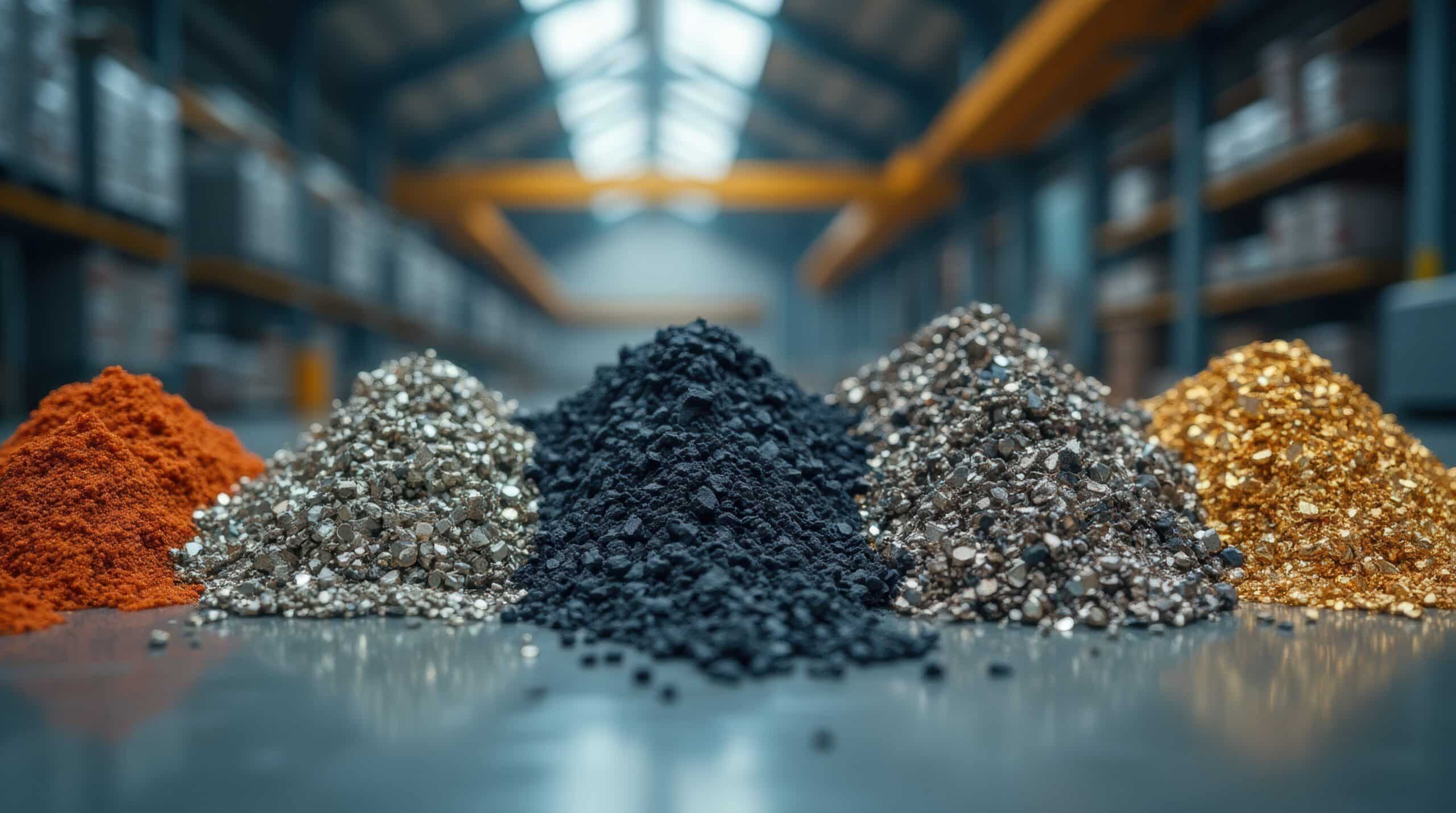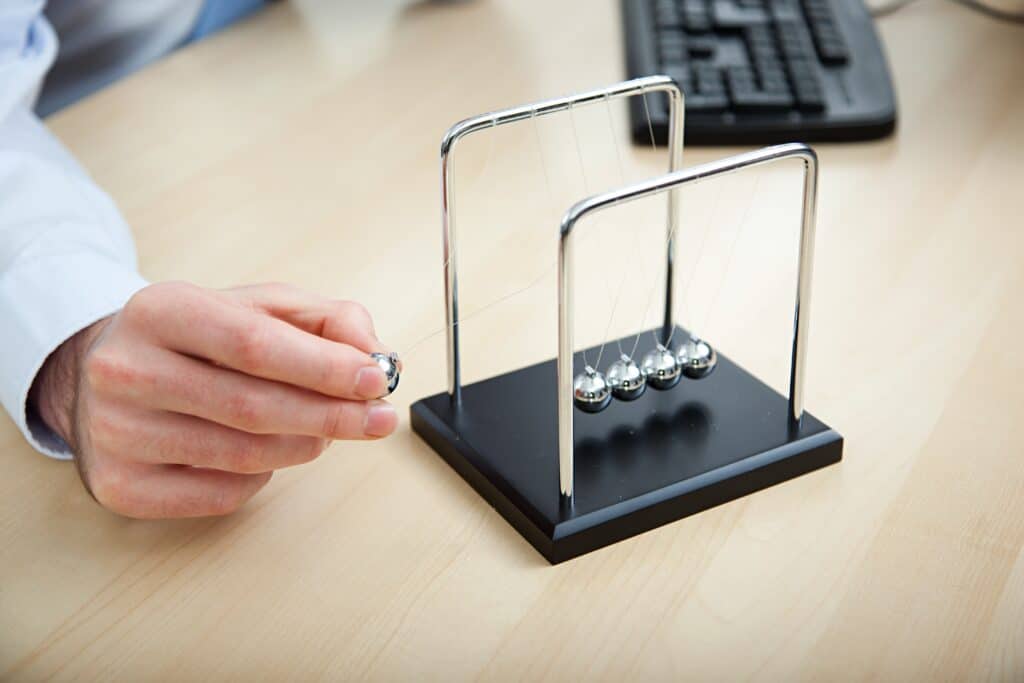Whether you are an owner operator, mining services contractor or somewhere in between, you can unlock hidden cash from the materials in your supply chain.
You may run a Caterpillar, Hitachi, Liebherr or Komatsu fleet.
You may have decided on a mixed OEM strategy because that is right for your business.
No matter whether you own, lease or hire the T 284’s, 793f’s, 777’s and D10’s.
Even if you hold $50m in inventory or $500m in inventory, you can improve your EBIT performance by generating value from your materials, including components, spare parts, consumables and GET.
A reduction of $30m in inventory holdings, or an expense free realization of $10m to the balance sheet can go a long way to delivering for owners and shareholders.
Uncovering the hidden cost of poor materials management in mining
Mining companies in Australia encounter significant challenges in being able to leverage their materials effectively, resulting in margin leakage.
This impacts financial performance and shareholder value, resulting in:
- Excessive inventory holdings – tying up working capital at 10-12% per annum
- High levels of non-productive and obsolete materials – sitting rusting on sites only to be written off as obsolete in the next period
- High levels of unused materials expensed but not held in inventory – invisible to the balance sheet and remaining unseen
- Stock-outs due to unavailability of parts – precious hours and minutes lost that directly impact mine site productivity
- Wrong parts being fitted to machines – leading to premature failure and worse, HSE issues
- High freight and logistics costs – inefficient movement of materials including Urgent freight
- Bad contracts and paying above market rates – missed cost reduction opportunities and inability to manage OEM and aftermarket parts suppliers
Root Causes for Materials Margin Leakage
We identify and permanently resolve the key root causes of materials margin leakage including:
Assets and Maintenance Strategy
- Immature Capital Asset (OEM) & Spare Parts strategy
- Incomplete or out-of-date Bill of Materials for each of your assets
- Materials not synchronised and linked to planned maintenance activities
- Inability to identify which materials belong to which asset
Cross Functional Collaboration
- Maintenance, Inventory and Procurement teams not working together, resulting in low planning maturity and high levels of reactive maintenance
- Lack of meaningful KPI’s and metrics that don’t support insight and decision making
- Low operational discipline on site for warehouse and inventory tasks including staging, kitting and returns. Low visibility at head office
- Values misaligned behaviours that order new instead of using what we’re already holding in inventory
Systems and Data
- Incomplete material master data including a lack of understanding of material profiles, sources of supply, dimensions, pricing and storage conditions
- Lack of supply chain integration including track & trace, warehouse automation and scanning
- Inadequate controls on maintenance and purchase orders so that free text or non-catalogue materials are constantly purchased
- Core business systems (ERP, Maintenance, Inventory, Procurement) that do not support effective execution and visibility of activities
Inventory and Supply Capability
- Poor MRP and replenishment settings that don’t take into consideration criticality and actual lead times based on maintenance demand signals
- Low collaboration with suppliers to incorporate alternative inventory models including Vendor Managed Inventory (VMI) and Consignment Stock
- Bad or outdated contracts, including pricing that is not linked to material master data in your system
- Lack of procurement buyer discipline, spend authorisation limits
Client Snapshot #1
Our client designs, manufactures, and supplies processing equipment, wear parts, and attachments for the global quarrying, minerals extraction, and processing industries.
As part of a global initiative to reduce working capital, an inventory reduction program was launched in Australia. An initial inventory health check revealed opportunities to improve parts demand forecasting and to implement tiered service levels across both products and customer segments. The ERP system was subsequently updated with revised planning parameters and safety stock settings, and all new make, buy, and move orders were aligned to the new standards.
A significant volume of slow-moving and obsolete inventory was also identified. A senior cross-functional team was established to manage its profitable disposal and to implement controls to prevent recurrence. To support the transition, a comprehensive change management program ensured full adoption of the new processes.
After six months, inventory value was reduced by 25% (~ $20m AUD) without any negative impact on product availability or lead times.
Client Snapshot #2
Our client delivers world-class mining services across its Australian operations including open-cut and underground projects. With significant increases in inventory holdings in past periods, we were engaged to sustainably reduce levels in order to be able to deliver in year savings and deploy capital elsewhere.
Over a 10-week period, our team partnered with maintenance operations, supply and inventory teams to perform a comprehensive ABC / XYZ categorisation to inform updated stock-holding parameters that were implemented, reducing inventory levels across the network by ~$10m AUD whilst also improving stock-out risk.
This initial work led to additional improvement programs including the run-down of slow-moving and obsolete materials, as well as the incorporation of new supply chain fulfilment models.
Argon & Co’s approach to solving the challenge
With decades spent serving the Australian mining community across Tier 1, Tier 2 and Contract Mining, we bring the best of Argon & Co’s capabilities to bear across Procurement, Inventory, Logistics and Operational Excellence for our clients.
Our pragmatic and results driven approach brings the sharpest functional and technical depth to eliminate materials margin leakage. This includes:
- Rapid opportunity and ABC / XYZ analysis supported by our IRIS AI Materials Intelligence offering
- Best practice process accelerators and market insights
- Deep cost reduction experience and commercial understanding of OEM / After Market parts suppliers and offerings
- Mastery of core functional and technical processes across inventory, procurement, maintenance and production
- Best in class operational transformation thought leadership
- Most importantly, a commitment to results
Don’t let inefficiencies erode your performance. Discover how Argon & Co can help you build control, visibility, and value into your materials strategy- reach out today










